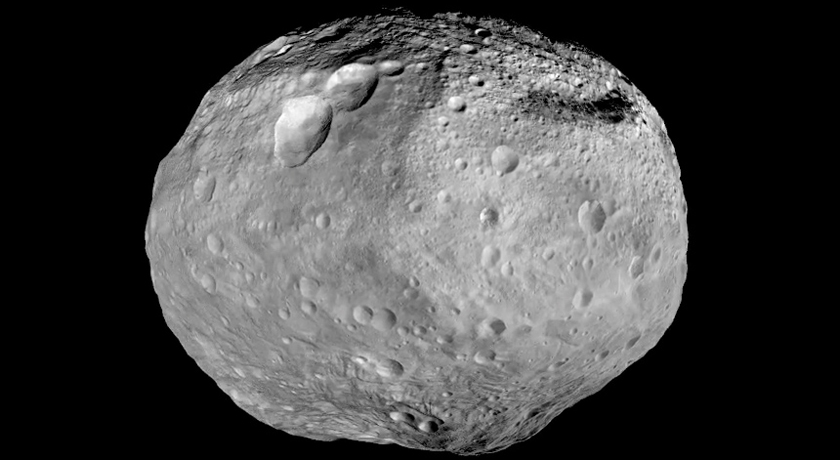asteroid A rocky object in orbit around the sun. Most orbit in a region that falls between the orbits of Mars and Jupiter. Astronomers refer to this region as the asteroid belt.
crater A large, bowl-shaped cavity in the ground or on the surface of a planet or the moon. They are typically caused by an explosion or the impact of a meteorite or other celestial body.
meteor A lump of rock or metal from space that hits the atmosphere of Earth. In space it is known as a meteoroid. When you see it in the sky it is a meteor. And when it hits the ground it is called a meteorite.
moon The natural satellite of any planet.
orbit The curved path of a celestial object or spacecraft around a star, planet or moon. One complete circuit around a celestial body.
play dough A clay-like compound, sometimes home-made, used by children to make sculptures.
trojan (in astronomy) An asteroid that orbits the sun outside of the main asteroid belt.
solar system The eight major planets and their moons in orbit around the sun, together with smaller bodies in the form of dwarf planets, asteroids, meteoroids and comets.

